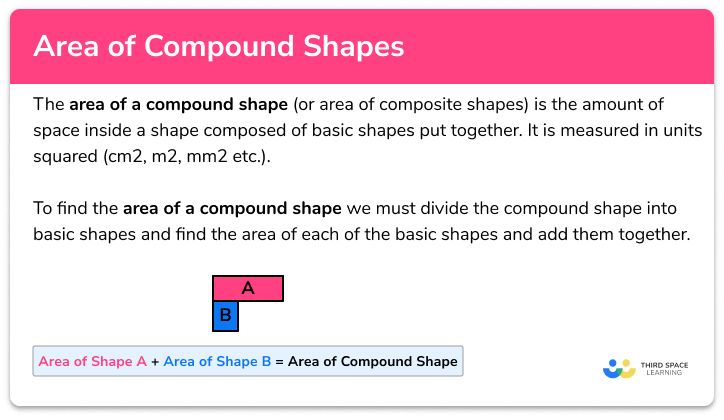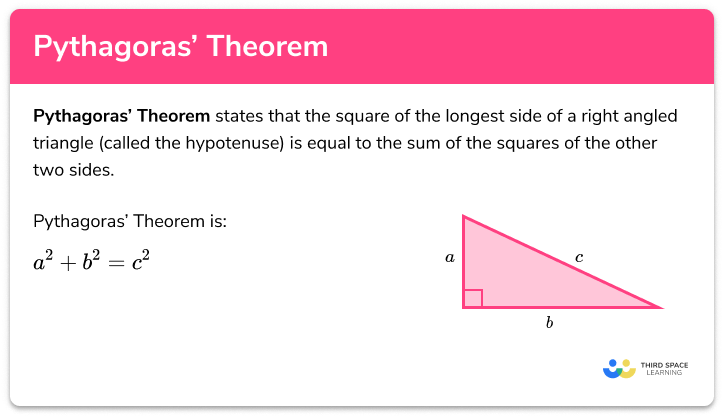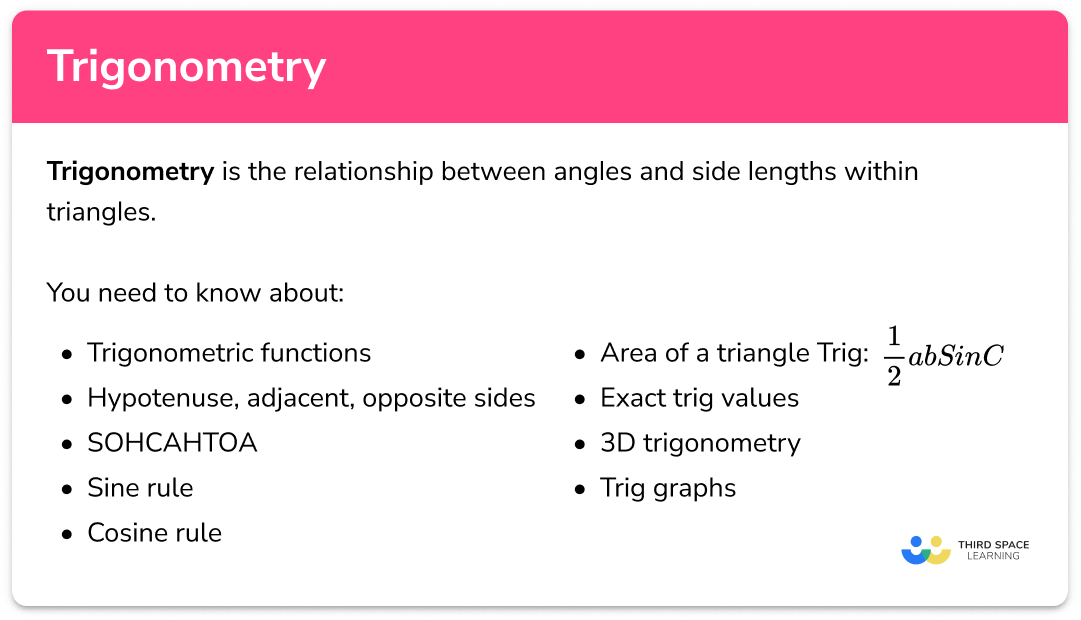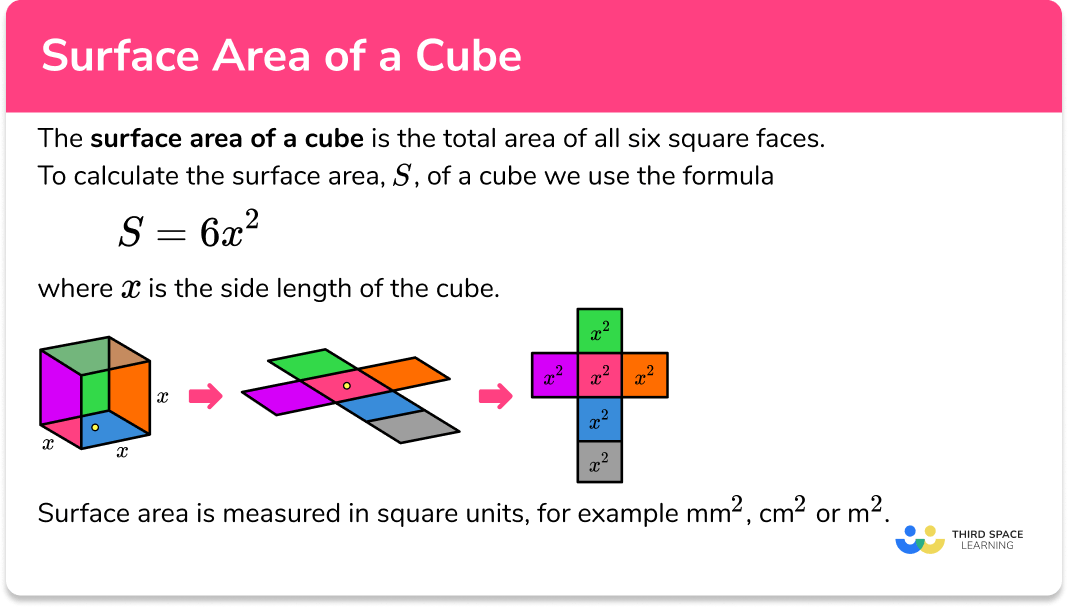FREE DOWNLOAD
Volume And Surface Area Of A Cuboid Worksheet

Help your students prepare for their Maths GCSE with this free volume and surface area of cuboids worksheet of 44 questions and answers
- Section 1 of the volume and surface area of cuboids worksheet contains 36 skills-based volume and surface area of cuboids questions, in 3 groups to support differentiation
- Section 2 contains 4 applied volume and surface area of cuboids questions with a mix of word problems and deeper problem solving questions
- Section 3 contains 4 foundation and higher level GCSE exam style volume and surface area of cuboids questions
- Answers and a mark scheme for all volume and surface area of cuboids questions are provided
- Questions follow variation theory with plenty of opportunities for students to work independently at their own level
- All questions created by fully qualified expert secondary maths teachers
- Suitable for GCSE maths revision for AQA, OCR and Edexcel exam boards
Volume and surface area of cuboids at a glance
A cuboid (or rectangular prism) is a 3D shape made up of six rectangular faces. We can use different methods to calculate the volume of a cuboid and the surface area of a cuboid. A cube is a special cuboid where all of the side lengths are equal and all of the faces are squares.
To find the volume of a cube or cuboid we use the following formula: volume of a cuboid = length x width x height. This is another way of writing the formula for the volume of prisms, where width x height is the area of the cross-section of the cuboid, so the volume of a cuboid is the area of the cross-section x length.
To find the surface area of the cuboid we find the area of each face and add them together to calculate the total surface area. In order to find the total surface area of a cube we only need to find the area of one of the faces and then multiply it by 6 because each of the 6 faces of a cube is the same. Surface area is measured in units squared.
Looking forward, students can then progress to additional 3D shapes worksheets and more geometry worksheets, for example an angles in polygons worksheet or how to calculate volume worksheet.

For more teaching and learning support on Geometry our GCSE maths lessons provide step by step support for all GCSE maths concepts.
Do you have students who need additional support?

With Third Space Learning's secondary maths tutoring programmes, students in Year 7-11 receive regular one to one maths tutoring to address gaps, build confidence and boost progress.
"My confidence in the tutoring is high. We've had some phenomenal results. I even had one girl get a Grade 8 this year; she came to every tutoring session."
Stacey Atkins, Maths Director, Outwood Grange Academies Trust




